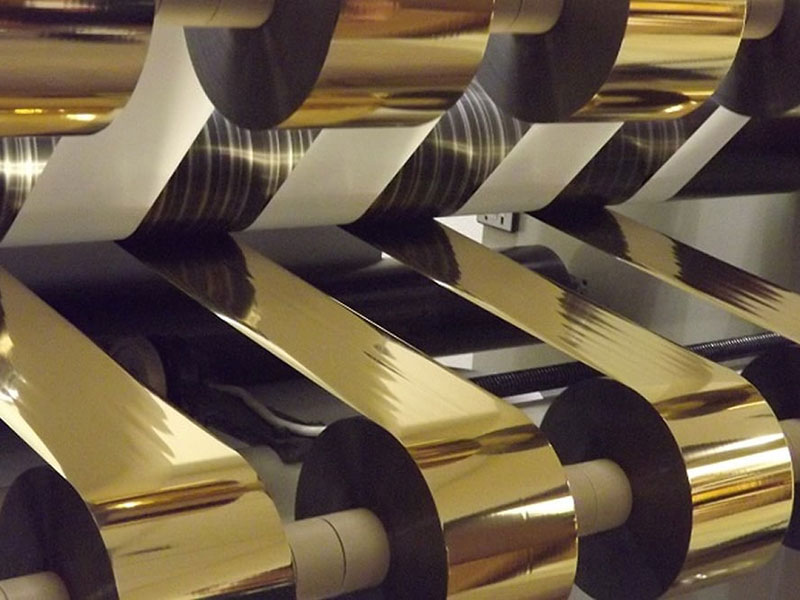
Slitter is a key industrial equipment that is widely used in the precise cutting and processing process of various materials. Here are some of the main application industries:
1. Paper industry: The paper slitting machine can cut large rolls of paper or large paper into the required size, such as A4, A3 and other standard sizes, which are widely used in paper processing factories and printing plants.
2. Plastic industry: The plastic film slitting machine is able to cut the plastic film into the required width and length, which is used in packaging, printing, construction, and other fields. In addition, the slitting machine can also cut plastic sheets, etc., to meet diversified production needs.
3. Tape industry: The tape slitting machine is able to cut large rolls of tape into the required width and length, which is used in packaging, sealing, electronic product assembly and other fields.
4. Aluminum foil industry: The aluminum foil slitting machine is able to cut large rolls of aluminum foil into the required width and length, which is used in food packaging, pharmaceutical packaging, electronic product packaging and other fields.
5. Fabric industry: The fabric slitting machine is able to cut large rolls of fabric into the desired width and length, which is used in clothing, home textiles, automotive interiors, and other fields.
6. Foam material industry: The foam material slitting machine is able to cut large rolls of foam material into the required width and length, which is used in packaging, filling, sound insulation and other fields.
7. Packaging industry: used to cut various packaging materials, such as plastic film, paper, aluminum foil, etc., to produce various packaging bags, packaging boxes, etc.
8. Printing industry: used to cut printing materials, such as labels, advertising backgrounds, stickers, etc., to ensure the accuracy and aesthetics of printed materials. In addition, large-format prints can be cut to standard sizes, which is convenient for subsequent binding and processing.
9. Electronics industry: used to cut circuit board materials, electronic components, etc., to ensure the quality and performance of electronic products. For some special industries, the requirements for cutting accuracy are very high, such as the electronics industry, which requires semiconductor chips to cut almost up to the sub-micron level.
10. Building materials industry: used to cut various building materials, such as thermal insulation materials, waterproof materials, etc., to ensure construction quality and efficiency.
11. Leather industry: used to cut leather materials to meet the production needs of leather products.
12. Metal processing industry: used to cut metal materials, such as steel plates, aluminum plates, etc., and are widely used in the production and processing of metal products.
In addition, with the continuous progress of technology and the growth of industry demand, the application field of slitting machine is constantly expanding. For example, in the fields of composite materials, new energy, etc., slitting machines also play an important role.
The reason why slitting machines can be widely used in these industries is mainly due to its high efficiency, high precision, high degree of automation and strong adaptability. These characteristics enable the slitting machine to meet the production needs of different industries, improve production efficiency, reduce production costs, and create greater economic benefits for enterprises.
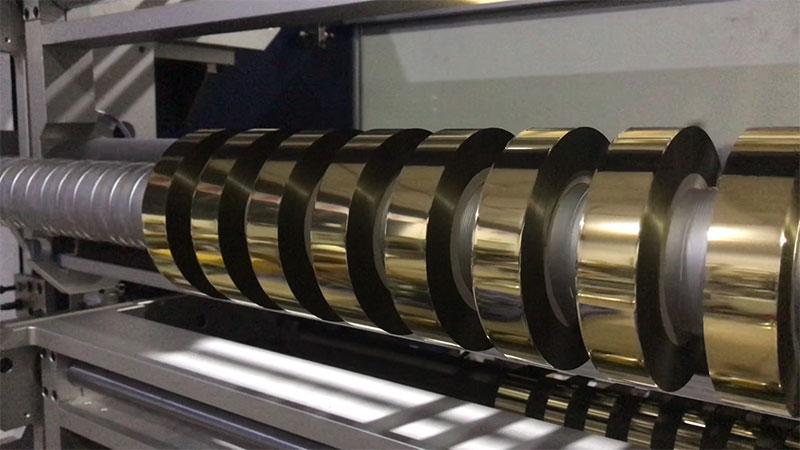
The parameter balance of hot foil slitting machines is a continuous symphony that runs through mechanical engineering, materials science and production management.
06. January, 2026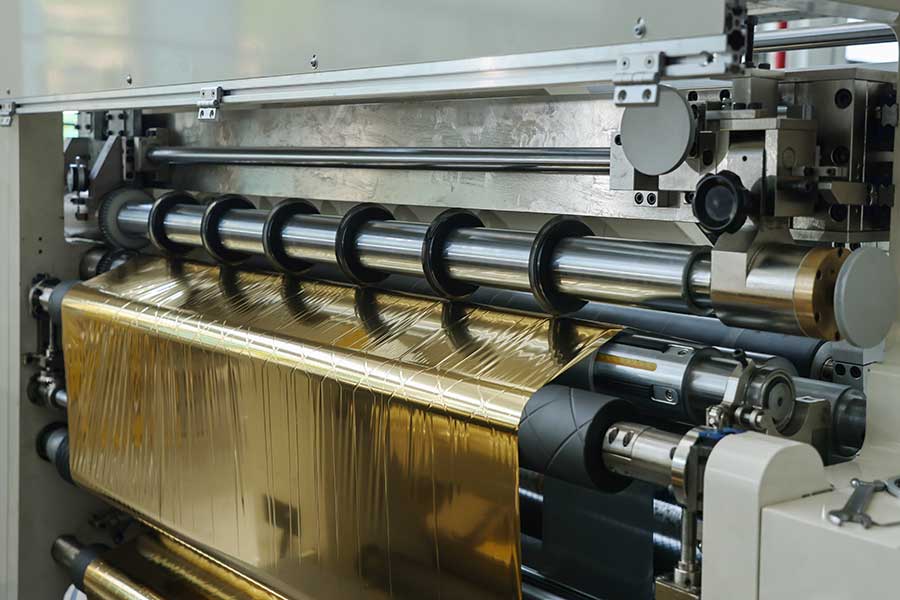
With a wide variety of models and technical parameters on the market, how to choose the best hot stamping foil slitting machine for your needs?
06. January, 2026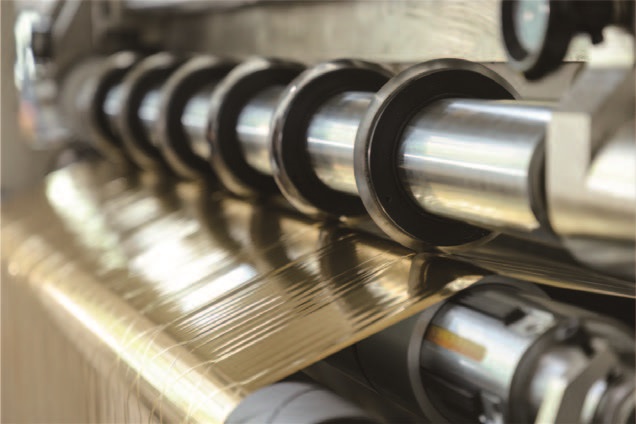
The following is a systematic set of operation and maintenance guidelines to help you achieve efficient production.
06. January, 2026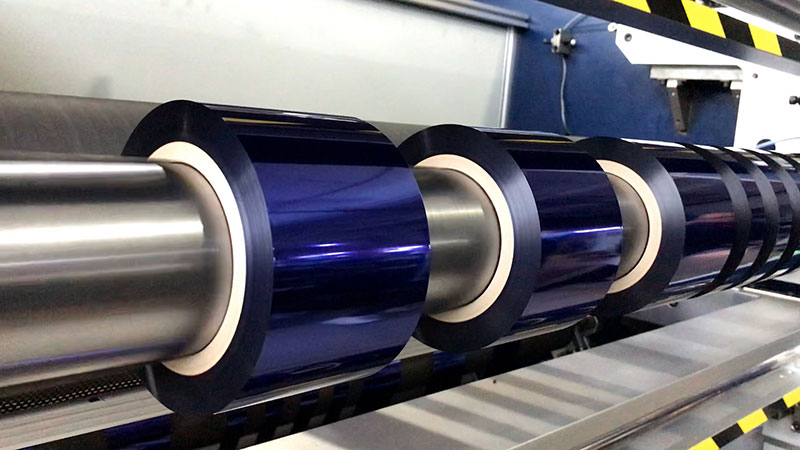
The operation of an hot stamping foil slitting machine is not a simple mechanical repetition but a professional job that requires skill, responsibility, and continuous learning.
05. January, 2026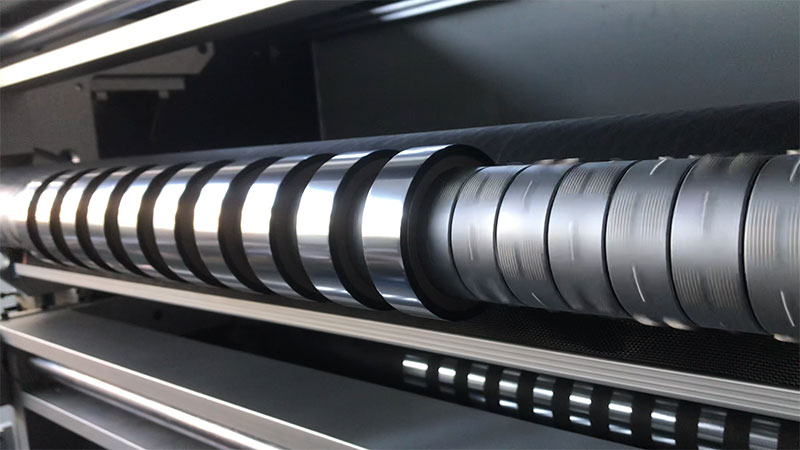
This article will comprehensively analyze the key parameters of hot stamping foil slitting machine selection to help you make an informed decision.
05. January, 2026